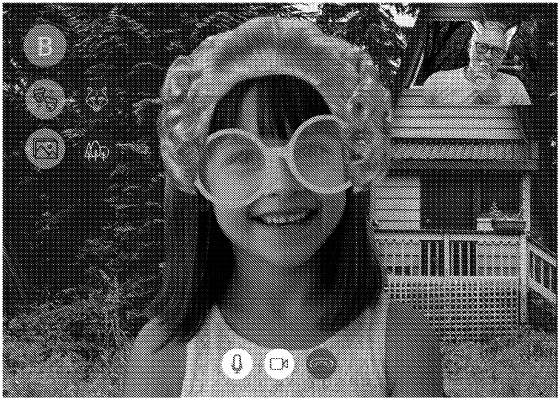| CPC H04L 63/105 (2013.01) [H04N 21/454 (2013.01); H04N 21/4532 (2013.01); H04N 21/4665 (2013.01)] | 14 Claims |

|
1. A computerized system providing parental supervision of child consumers of digital media, the system comprising:
an electronic repository of digital content;
user interfaces for each of various categories of end user including knowledge area experts, the interfaces including at least a children end-user user interface, an adult end-user user interface, a digital content provider user interface and a guidance provider user interface, for use by children end-users, adult end-users respectively associated with specific end-users from among said children end-users, digital content providers uploading digital content items into said repository and guidance providers providing guidance objects for adults to use during sessions with children end-users, wherein said guidance objects, presented to the adult but absent from data presented to the child, are each specific for (a) subsets of said children end-users, said subsets being defined in terms of metadata stored for individual children from among the children end-users, and for (b) specific spots within, or portions of, specific items in said digital contents items; and
logic including at least a central processor and configured to control interactions of said user interfaces with said processor and between various end-users at least partly depending on the category of each end-user,
wherein said logic is operative to present at least one overlaid digital content item to at least one child C from among the child end-users, including generating said overlaid digital content item by selecting a guidance object G which is specific to a subset S to which child C belongs, and integrating said guidance into said digital content item as an overlay, wherein the overlay presenting said guidance objects for adult end-users is displayed simultaneously with a screen display seen by the child end-user.
|